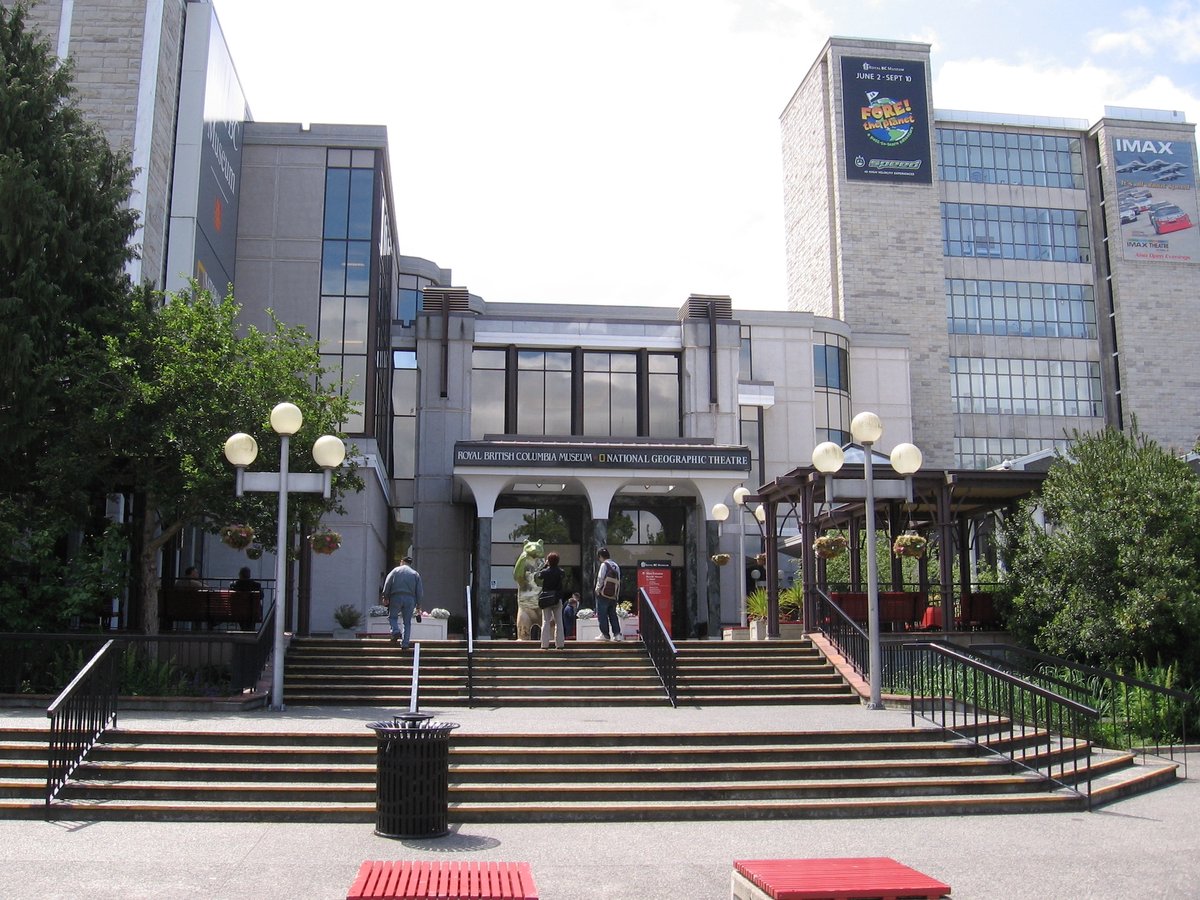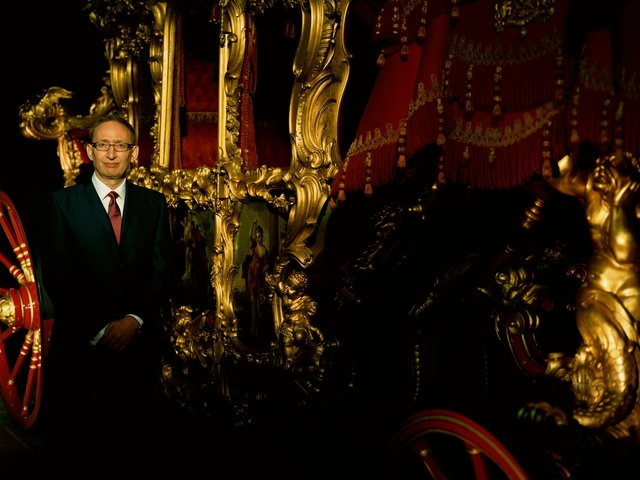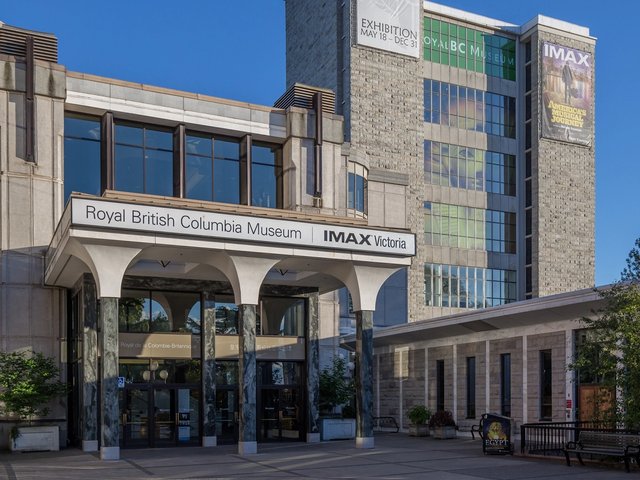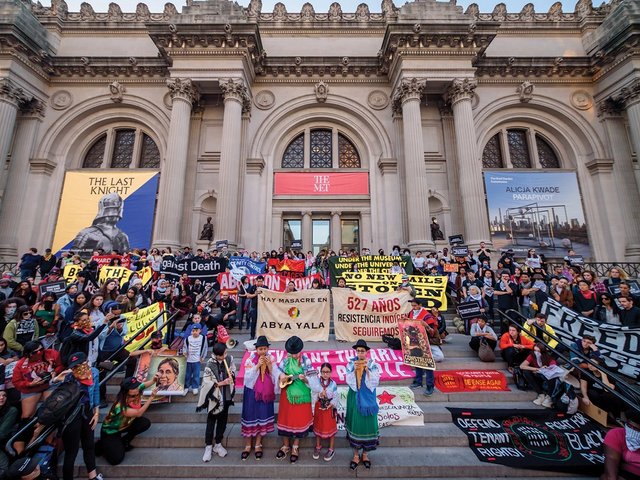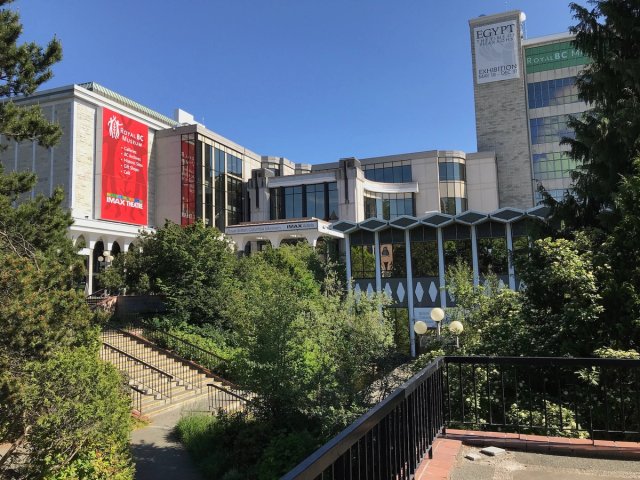In order to begin what it dubs “the process of decolonisation”, the Royal British Columbia Museum (RBCM) in Victoria, British Columbia, announced on 3 November that it would be closing its third floor gallery spaces. In a statement posted to the museum’s website, acting chief executive Daniel Muzyka said that the changes were “long overdue”.
“As part of our work to implement modernised museum practices, in particular our efforts around decolonisation, we will be closing the third-floor so we can decant our galleries,” Muzyka said. “This is necessary to begin the long-term work of creating new narratives that include under-represented voices and reflect the lived experiences and contemporary stories of the people in BC.”
The museum’s third floor includes its permanent First Peoples gallery, the “Becoming BC” gallery and the exhibition Our Living Languages: First Peoples’ Voices in BC, all of which will be phased out and eventually replaced by 2 January 2022. The third floor’s exhibits, critics say, unfairly positioned European settler history above Indigenous and First Nations groups.
Soon after the decision was made public, former staff of the museum took to social media to comment on it. Troy Sebastian / Nupqu ʔa·kǂ am̓, a writer and member of the Ktunaxa Nation who previously served as curator of the museum’s Indigenous Collection, said calls to change the exhibits had been happening for years, writing, “Indigenous peoples have been telling the museum that its depiction of Indigenous peoples in the gallery is racist, dehumanizing and harmful.”
Sebastian pointed out that the exhibits featured nameless, silent and even misspelled elements of First Nations cultures, all of which largely ignored Canada’s violent history as it pertains to the residential school system.
Canada’s residential schools were government-sponsored entities that were established throughout the country in order to forcibly assimilate First Nations children into Euro-Canadian culture. In total, over 130 residential schools operated in Canada between 1831 and 1996, with over 150,000 children placed within them. To date, the remains of more than 6,000 children have been discovered in mass graves located on the premises of these schools, according to Canadian federal government statistics. As recently as October 2021, an Indigenous community in British Columbia said it found evidence that 215 children were buried on the grounds of one school alone.
In a series of tweets, Sebastian said the exhibits failed to comprehend the enormity of the violence and erasure of First Nations groups. He alleged that they were “incoherent” and “reflective of the colonial posture of the province itself”.
He pointed to one object in particular, a Ktunaxa cradle board that was donated to the museum in 1929, used to hold infant Ktunaxa children, which was exhibited without any context whatsoever in the museum’s third floor galleries.
“The museum claims that the object was ‘donated’ in 1929,” Sebastian said. “That was when Ktunaxa children were forced to attend residential school, when we could not hire lawyers, our cultural practices were outlawed, we could not vote and required the Indian agent's permission to leave the rez.”
The museum, one of Canada’s oldest, is situated in central Victoria on the unceded territories of the Lekwungen (Songhees and Xwsepsum Nations). It was founded in 1886 and today contains more than 7 million objects, including natural history specimens, works by First Nations groups and archaeological artefacts, as well as the British Columbia Archives collection of historical documents.
Earlier this year, former CEO Jack Lohman was forced to resign after an internal investigation found a “dysfunctional and toxic workplace” including “racism and discrimination”. The months-long investigation came after the former head of Indigenous collections and repatriation, Lucy Bell, quit and exposed the museum’s practices.
In its statement, the museum says it is committed to changing course and consulting with the province and Indigenous groups in rearranging the museum’s displays.
“Our government’s commitment to truth and reconciliation demands that we diversify and decolonise the way we share the history of BC,” said Melanie Mark, the province’s minister of tourism, arts, culture and sport. “For too long, museums have been colonial institutions that exclude others from telling their own stories. We have an opportunity to turn the museum inside out, and it starts here, now, on the museum’s third floor.”


